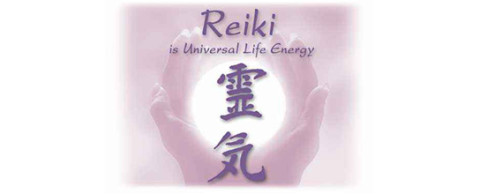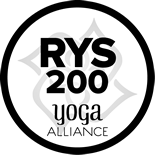Reiki practitioners channel energy in a particular pattern to heal and harmonize. Unlike other healing therapies based on the premise of a human energy field, Reiki seeks to restore order to the body whose vital energy has become unbalanced.
The laying of hands is used in Reiki therapy also as in spiritual healing. There is a difference though. In spiritual healing, a person with a strong energy field places his or her hands above a particular part of the recipients body in order to release energy into it. So, here the healer is the one who is sending out the energy. In Reiki, however, the healer places the hands above the recipient; however, it is the recipient that draws the energy as needed. Thus, in this case, the individual being healed takes an active part in the healing process as opposed to having a passive part in spiritual healing. The individual takes responsibility for his or her healing. The recipient identifies the needs and cater to them by drawing energy as needed.
Although there are a few positions in which the practitioner is in contact with the patient (such as cradling the head), most Reiki treatments do not involve actual touching. The practitioner holds his or her hands a few inches or farther away from the patients body and affects the energy field from there.



